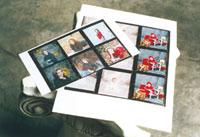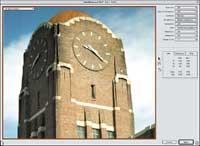Digital Darkroom
Sort By: Post Date TitlePublish Date
|
Aug 01, 2000 |
|
Jul 01, 2000 |
|
Apr 01, 2000 |
|
Apr 01, 2000 |
|
Mar 01, 2000 |
|
Mar 01, 2000 |
|
Mar 01, 2000 |
|
Feb 01, 2000 |
|
Dec 01, 1999 |
|
Oct 01, 1999 |
















